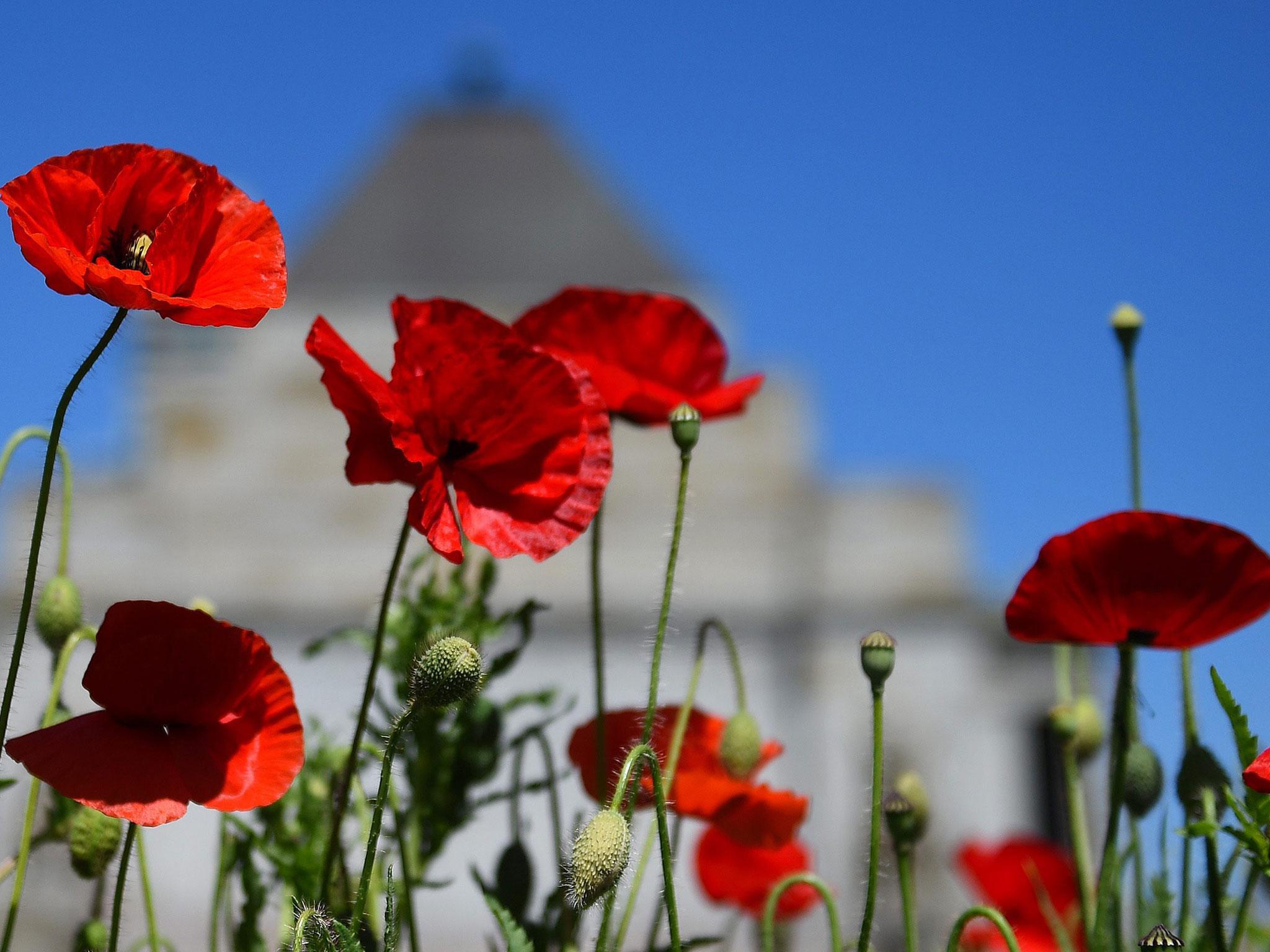Armistice Day 2016: When is the two minutes' silence and why is it done?
The tribute remembers those who have died in wars

Public places will fall silent this morning to pay tribute to the members of the armed forces who died in the line of duty.
When does it take place?
The two minutes' silence is held at 11am on the 11th day of the 11th month.
It marks the moment the fighting of the First World War ended in 1918. The occasion became known as Armistice Day, after the treaty signed between the Allies and Germany after four years of bitter fighting.
A celebration was held a year later at Buckingham Palace, with King George V hosting a "Banquet in Honour of The President of the French Republic", with the first official Armistice Day events held at Buckingham Palace on the morning of 11 November 1919.
Remembrance Sunday, when official ceremonies take place across the country, most importantly at the Cenotaph in London, happens on the first Sunday after Armistice Day.
Every year, both days are marked in the UK and other parts of the Commonwealth a by two minutes silence at 11am.
Why two minutes?
Originally, it was the idea of an Australian journalist and veteran Edward George Honey, who wanted to pay tribute to the millions of people who died in the war.
Under a pseudonym, he expressed his thoughts in an 8 May 1919 letter to the London Evening News newspaper.
He wrote: Five little minutes only. Five silent minutes of national remembrance. A very sacred intercession. Communion with the Glorious Dead who won us peace, and from the communion new strength, hope and faith in the morrow.
Church services, too, if you will, but in the street, the home, the theatre, anywhere, indeed, where Englishmen and their women chance to be, surely in this five minutes of bitter-sweet silence there will be service enough.
The letter was seen by King George V, who approved of the idea, but shortened it to two minutes. On 7 November 1919, a declaration was made to the country and carried in the press:
To all my People.
Tuesday next, November 11, is the first anniversary of the Armistice which stayed the world-wide carnage of the four preceding years and marked the victory of right and freedom.
I believe that my people in every part of the Empire fervently wish to perpetuate the memory of that great deliverance and of those who laid down their lives to achieve it.
To afford an opportunity for the universal expression of this feeling it is my desire and hope that at the hour when the Armistice came into force - the eleventh hour of the eleventh day of the eleventh month - there may be for the brief space of two minutes a complete suspension of all our normal activities. During that time, except in the rare cases where this may be impracticable, all work, all sound, and all locomotion should cease, so that in perfect stillness the thoughts of everyone may be concentrated on reverent remembrance of the glorious dead.
What was the reaction?
The Manchester Guardian reported how the first Armistice Day tribute was received by the public:
The first stroke of eleven produced a magical effect.
The tram cars glided into stillness, motors ceased to cough and fume, and stopped dead, and the mighty-limbed dray horses hunched back upon their loads and stopped also, seeming to do it of their own volition.
Someone took off his hat, and with a nervous hesitancy the rest of the men bowed their heads also. Here and there an old soldier could be detected slipping unconsciously into the posture of 'attention'. An elderly woman, not far away, wiped her eyes, and the man beside her looked white and stern.
Everyone stood very still ... The hush deepened. It had spread over the whole city and become so pronounced as to impress one with a sense of audibility. It was a silence which was almost pain ... And the spirit of memory brooded over it all.
Why do we wear a poppy?
Poppies grew in great numbers on the battlefields of France and were most famously recognised by the poem In Flanders Fields, written in 1915 by Canadian Lieutenant Colonel John McCrae after the death of a friend.
Remembrance Day: A searing silence
Show all 7Their use as a symbol was popularised by an American academic, Moina Michael, to remember and the practice spread in Europe, particularly after they were adopted by by Field Marshal Douglas Haig.
Poppies are now sold by the Royal British Legion, raising money for service people and their families.
Why do some people wear a white poppy?
Some people prefer to wear a white poppy, sometimes instead of or in addition the red poppy, to remember all victims of war. While the red poppy is worn in honour of the armed forces, the white poppy remembers the all victims of war and demonstrates a commitment to peace. Its wearers also commit to challenging to attempts to glamourise or celebrate war.
How has Remembrance changed?
Many people argue that the wearing of a poppy has become politicised and that people have become pressured into wearing it. In 2016, this was mainly characterised by the Fifa controversy. The footballing body ruled that the England football team should not wear the symbol as it was political. However, the FA has said teams will do so anyway.
Subscribe to Independent Premium to bookmark this article
Want to bookmark your favourite articles and stories to read or reference later? Start your Independent Premium subscription today.

Join our commenting forum
Join thought-provoking conversations, follow other Independent readers and see their replies